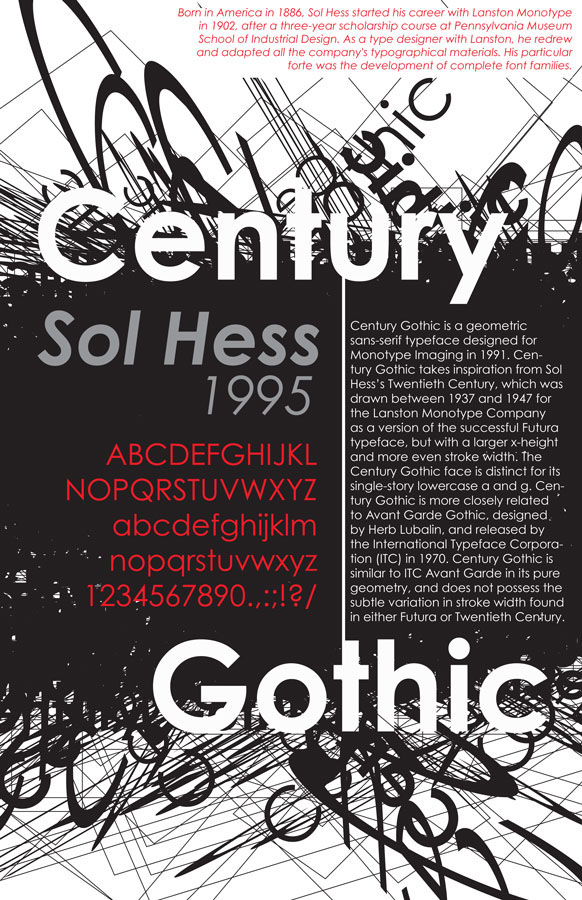
Old-style typefaces date back to 1465, shortly after Johannes Gutenberg's adoption of the movable type printing press. Serif fonts can be broadly classified into one of four subgroups: old style, transitional, Didone and slab serif, in order of first appearance.Īdobe Garamond, an example of an old-style serif. Other synonyms include "Doric" and "Gothic", commonly used for Japanese Gothic typefaces. It would seem to mean "out of the ordinary" in this usage, as in art 'grotesque' usually means "elaborately decorated". The OED 's earliest citation for "grotesque" in this sense is 1875, giving 'stone-letter' as a synonym. schreef is from schrijven (to write), not from schrappen (to scratch, eliminate by strike-through)).

In her book Chronologisch Woordenboek, Van der Sijs lists words by first known publication in the language area that is the Netherlands today: The relation between schreef and schrappen is documented by Van Veen and Van der Sijs. Yet, schreef is the past tense of schrijven (to write). Webster's Third New International Dictionary traces 'serif' to the Dutch noun schreef, meaning "line, stroke of the pen", related to the verb schrappen, "to delete, strike through" ( 'schreef' now also means "serif" in Dutch). The OED speculates that 'serif' was a back-formation from 'sanserif'. The oldest citations in the Oxford English Dictionary ( OED) are 1830 for 'serif' and 1841 for 'sans serif'. The printer Thomas Curson Hansard referred to them as "ceriphs" in 1825. In 1827, Greek scholar Julian Hibbert printed with his own experimental uncial Greek types, remarking that the types of Giambattista Bodoni's Callimachus were "ornamented (or rather disfigured) by additions of what believe type-founders call syrifs or cerefs". The standard also proposed that 'surripsis' may be a Greek word derived from σῠν- ( 'syn-', "together") and ῥῖψῐς ( 'rhîpsis', "projection").

Century gothic typeface meaning code#
The book The British Standard of the Capital Letters contained in the Roman Alphabet, forming a complete code of systematic rules for a mathematical construction and accurate formation of the same (1813) by William Hollins, defined 'surripses', usually pronounced "surriphs", as "projections which appear at the tops and bottoms of some letters, the O and Q excepted, at the beginning or end, and sometimes at each, of all". The origin of the word 'serif' is obscure, but apparently is almost as recent as the type style. Another theory is that serifs were devised to neaten the ends of lines as they were chiselled into stone. The explanation proposed by Father Edward Catich in his 1968 book The Origin of the Serif is now broadly but not universally accepted: the Roman letter outlines were first painted onto stone, and the stone carvers followed the brush marks, which flared at stroke ends and corners, creating serifs. Serifs originated from the first official Greek writings on stone and in Latin alphabet with inscriptional lettering-words carved into stone in Roman antiquity.

Some typography sources refer to sans-serif typefaces as "grotesque" (in German, grotesk) or "Gothic", and serif typefaces as " roman". A typeface or "font family" making use of serifs is called a serif typeface (or serifed typeface), and a typeface that does not include them is sans-serif. In typography, a serif ( / ˈ s ɛr ɪ f/) is a small line or stroke regularly attached to the end of a larger stroke in a letter or symbol within a particular font or family of fonts. For other uses, see Serif (disambiguation).
Century gothic typeface meaning software#
For the software company, see Serif Europe. This article is about the font characteristic.


 0 kommentar(er)
0 kommentar(er)
